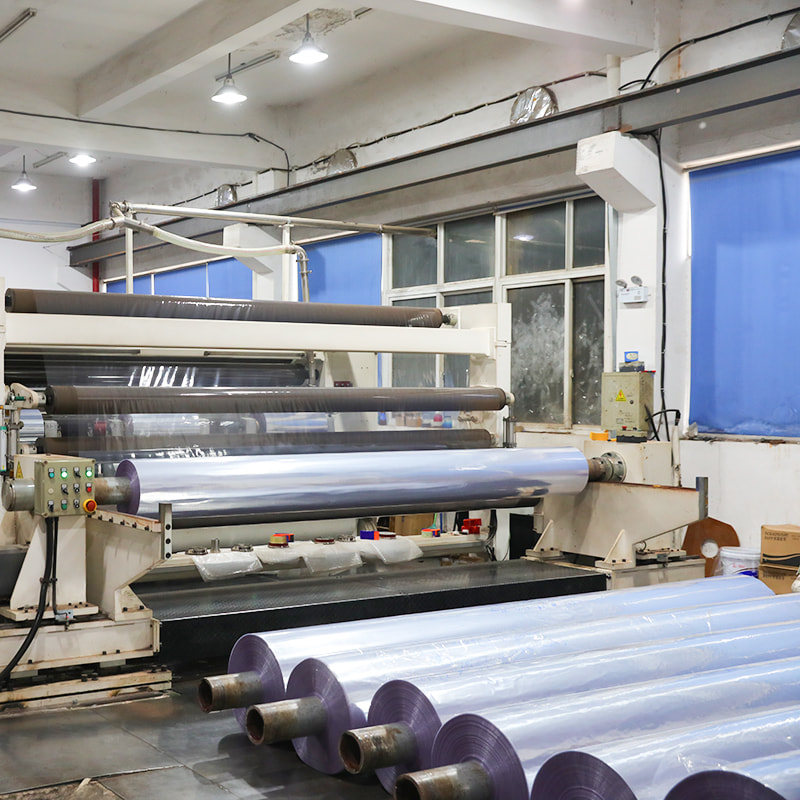Cast PVC Shrink Film
Material:PVC Shrink Film
The optical clarity of cast PVC shrink film is typically measured using several standardized methods that evaluate its transparency and haze. Here are the commonly used techniques:
Transparency Measurement
Transmission Test: This method measures the percentage of light that passes through the film without being scattered or absorbed. It involves placing the film sample in a spectrophotometer or a similar device that measures the intensity of transmitted light across a range of wavelengths.
ASTM D1003 Standard: This standard specifies the procedure for determining the transparency (or percent transmission) of plastic films using a haze meter or spectrophotometer. The higher the percentage transmission, the clearer the film.
Haze Measurement
Haze Meter: A haze meter measures the amount of light that is scattered or diffused as it passes through the film. The instrument typically directs a beam of light through the film sample and measures the intensity of scattered light at various angles relative to the incident beam.
ASTM D1003 Standard: This method also includes a procedure for measuring haze, which quantifies the cloudiness or haziness of the film caused by light scattering. Lower haze values indicate greater optical clarity.

Procedure:
Sample Preparation: Cut the cast PVC shrink film sample into a suitable size and shape that fits the measurement apparatus.
Measurement Setup: Place the sample in the spectrophotometer or haze meter according to the instrument’s instructions. Ensure that the sample is flat and free from wrinkles or defects that could affect light transmission.
Data Collection: Perform the measurement by directing light through the sample and collecting data on transmitted light intensity (for transparency) and scattered light intensity (for haze).
Calculation: Calculate the percent transmission and haze values based on the collected data. These values provide quantitative measures of the film's optical properties.
Considerations:
Sample Conditioning: Ensure that the film sample is conditioned under controlled environmental conditions (temperature and humidity) to minimize variations in measurements.
Multiple Measurements: Conduct multiple measurements at different points on the film sample to account for variability and ensure accuracy.
Standard Compliance: Follow relevant standards such as ASTM D1003 to ensure consistency and comparability of results across different laboratories and manufacturers.
Importance:
Quality Control: Optical clarity is critical for applications where visual appeal and product visibility are important, such as packaging for consumer goods.
Performance Assurance: Measuring optical properties helps manufacturers ensure that the cast PVC shrink film meets specified quality standards and customer expectations.
By employing these standardized measurement techniques, manufacturers can accurately assess and optimize the optical clarity of cast PVC shrink film for various packaging and labeling applications.